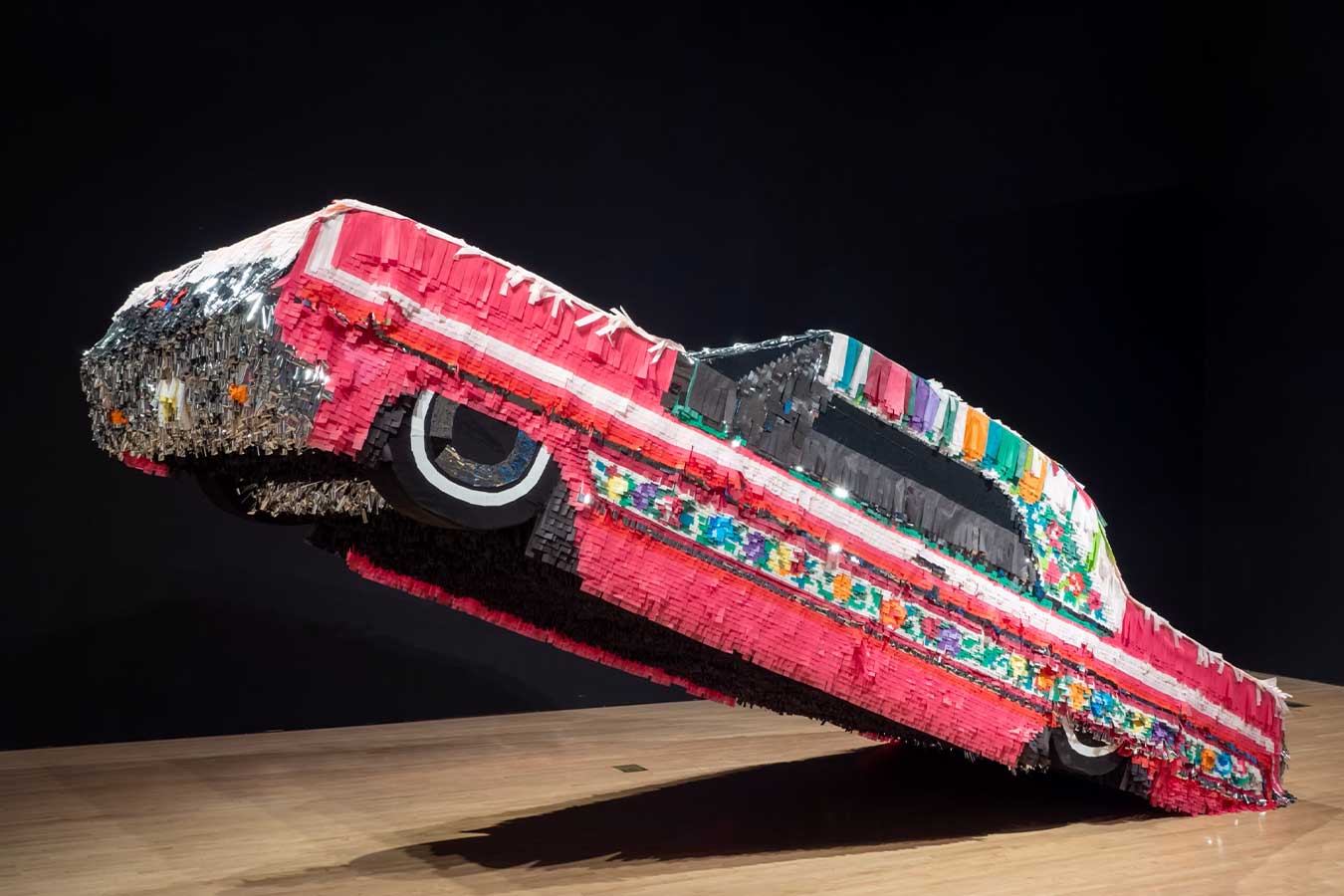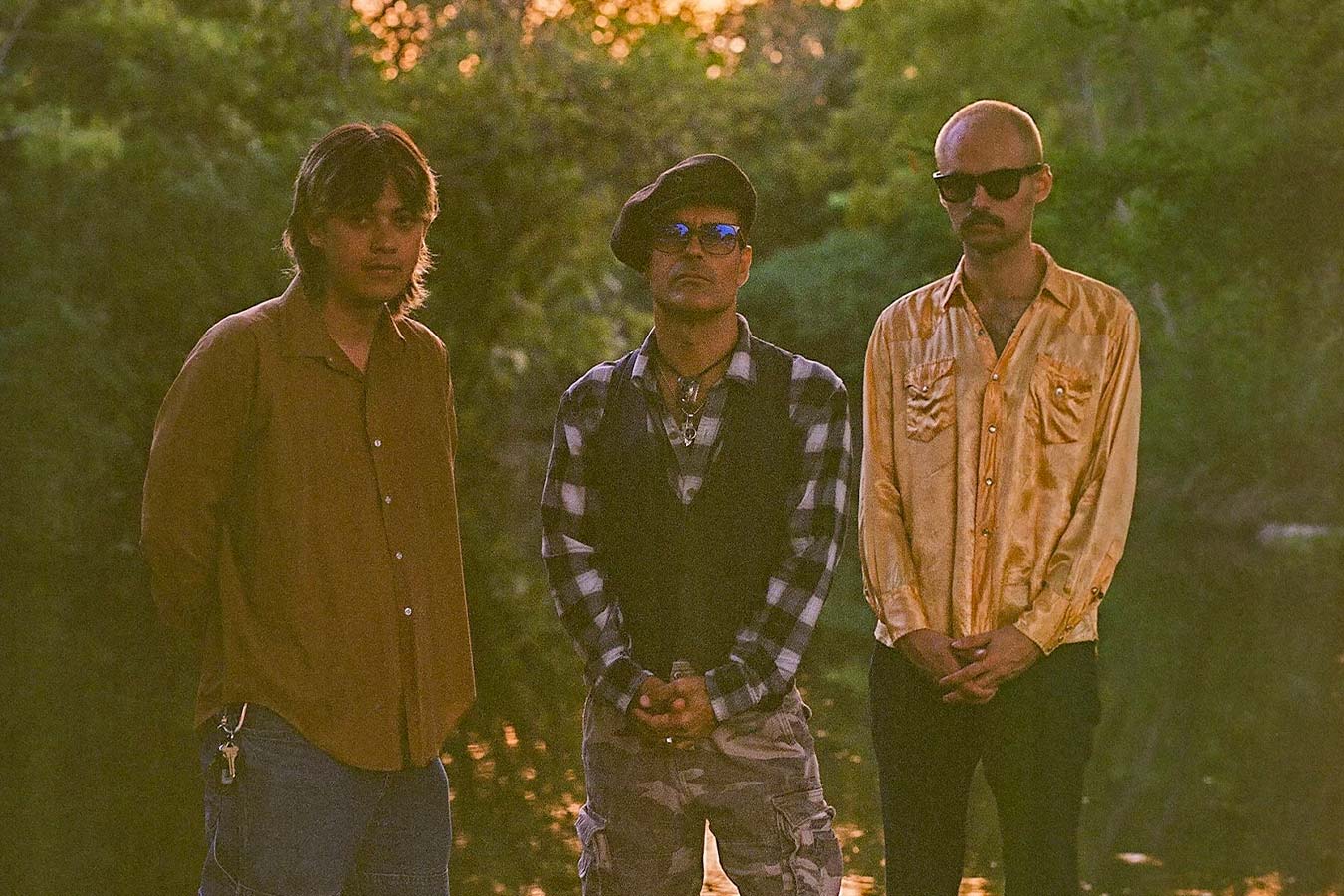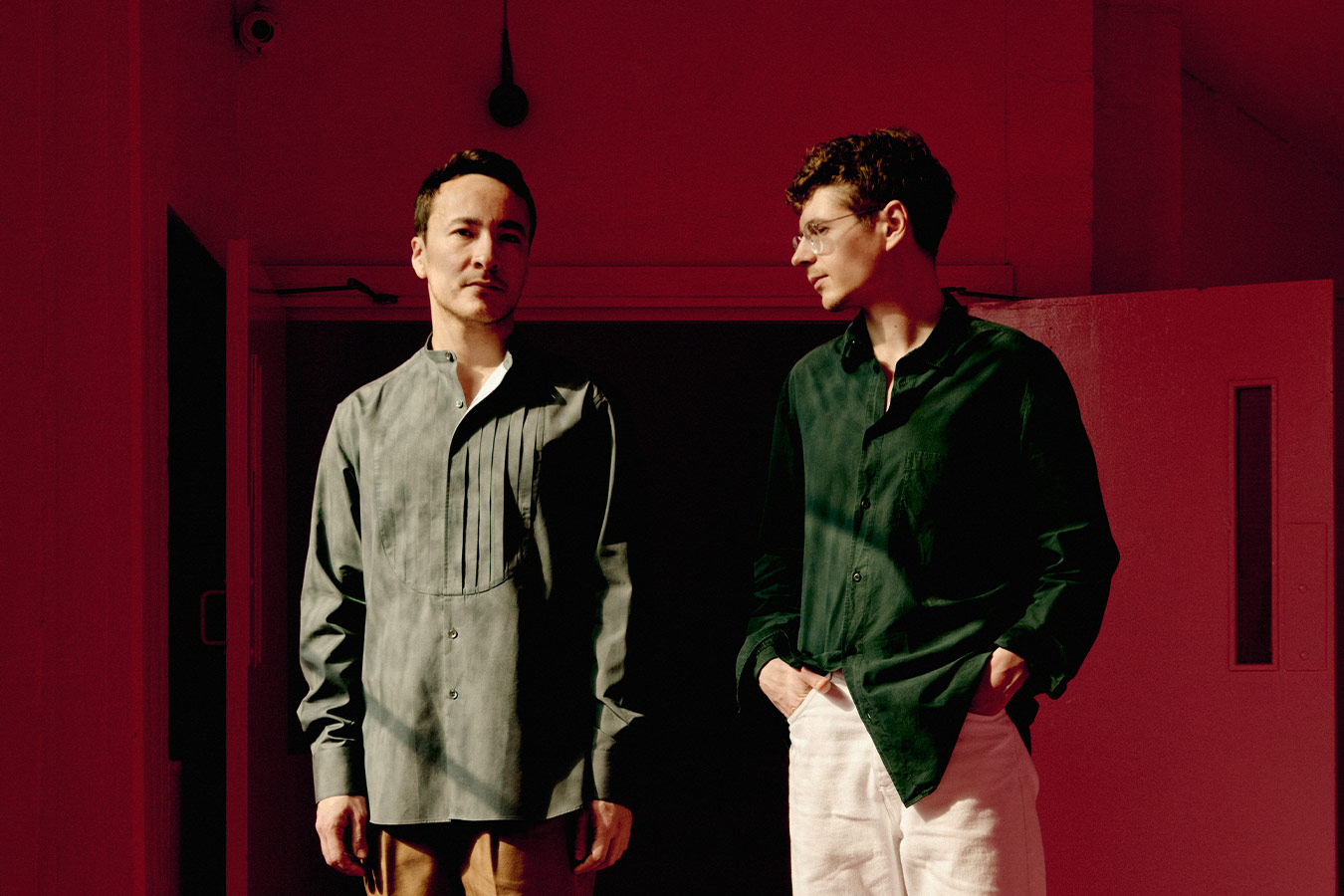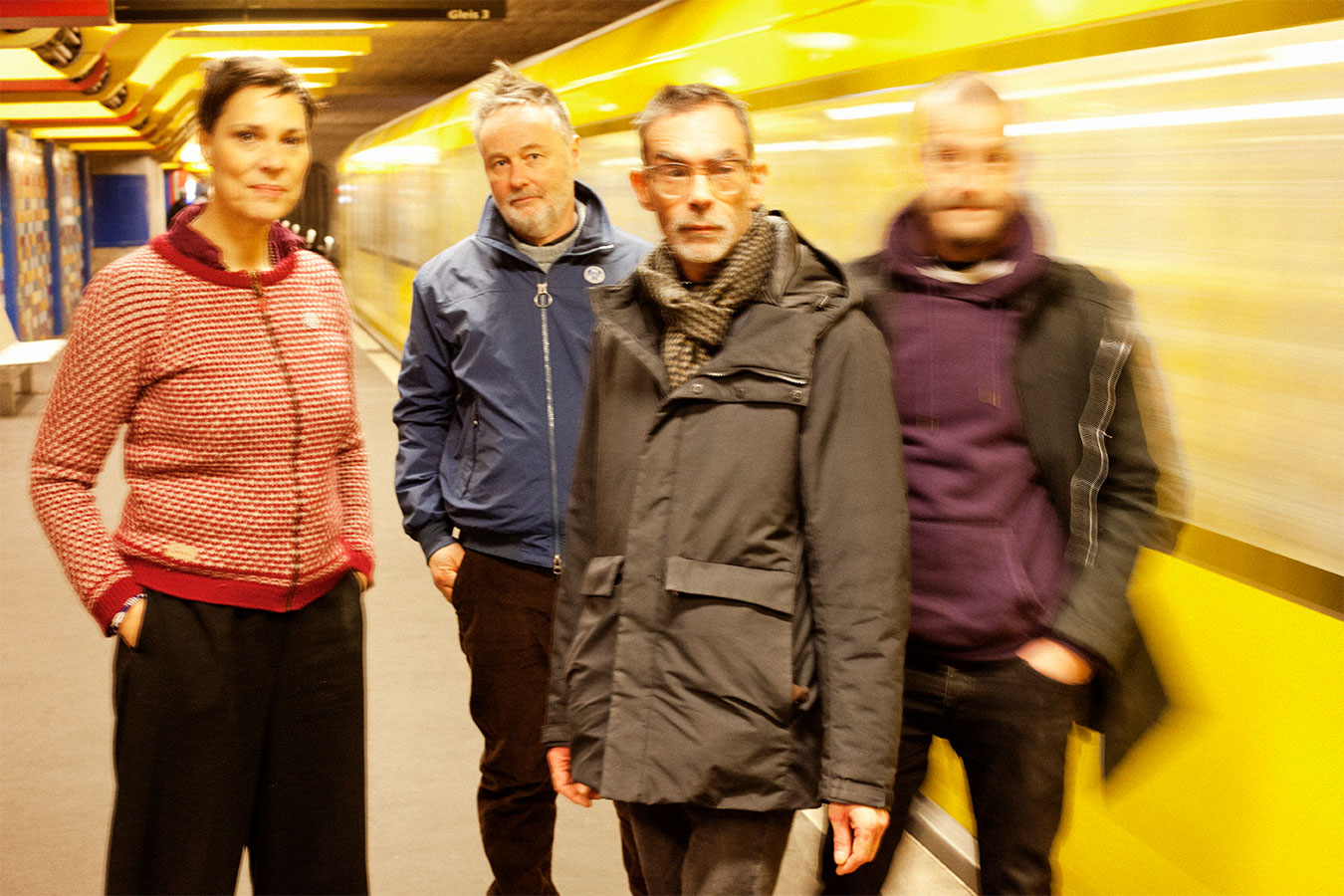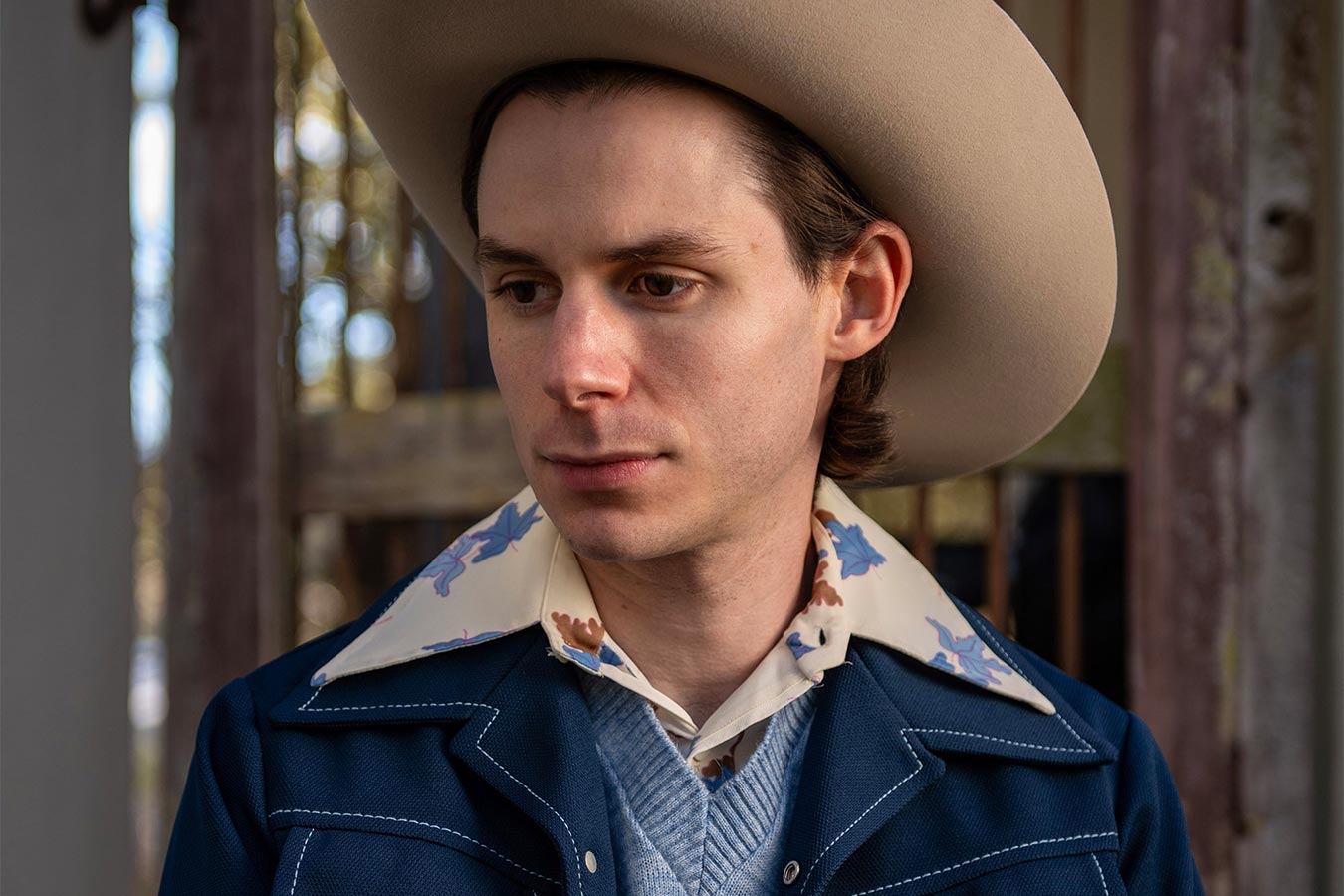
Actors run the GhostFood mobile trailer, created by Miriam Simun and Miriam Songster, part of “Marfa Dialogues/New York.” Photo courtesy of Ghostfood.
ARTnews recently profiled our partner for Marfa Dialogues/New York,the Rauschenberg Foundation, discussing its various philanthropic endeavors, notable programs, and the organization’s relationship to the life and goals of its founder: the late painter and activist, Robert Rauschenberg.
An excerpt:
“Marfa Dialogues/New York” is just one of an array of initiatives funded and supported by the Rauschenberg Foundation since it embarked on full-scale operations in 2012. Others include a visual literacy campaign in Tanzania, art workshops in inner-city laundromats, small-scale artist-run institutions across the United States, and an artist-residency program in Rauschenberg’s studio in the barrier islands of Florida. In the process, the foundation has established itself as a dynamic presence in the world of cultural philanthropy, maintaining Rauschenberg’s own impassioned commitment to charitable causes while extending his signature artistic ethos of bridging “the gap between art and life.”
“These aren’t just grants that we’re going to give to art institutions that do Rauschenberg exhibitions—that’s just not what we do,” said Christy MacLear, the foundation’s executive director. “We look at our grant making through the lens of the values that defined Bob.
So you don’t only say, ‘What would Bob do?’ Instead, you set up a framework so that a hundred years from now you can ask: Is it collaborative? Is it boundary-breaking? Is it risk-taking? Is there a concept of creative problem-solving? Is it international and looking at art as a method of peacekeeping?”
“They’ve hit the ground running,” said Jack Flam, president and CEO of the Dedalus Foundation, which was founded by Robert Motherwell to foster public understanding of modern art while preserving the painter’s own artistic legacy. “In classic philanthropy, you give money away. Then there’s another kind, where you start programs that give money away. But then again there are artist foundations that are actually involved in programs as they develop, which in fact is something all artist foundations are thinking about now.

